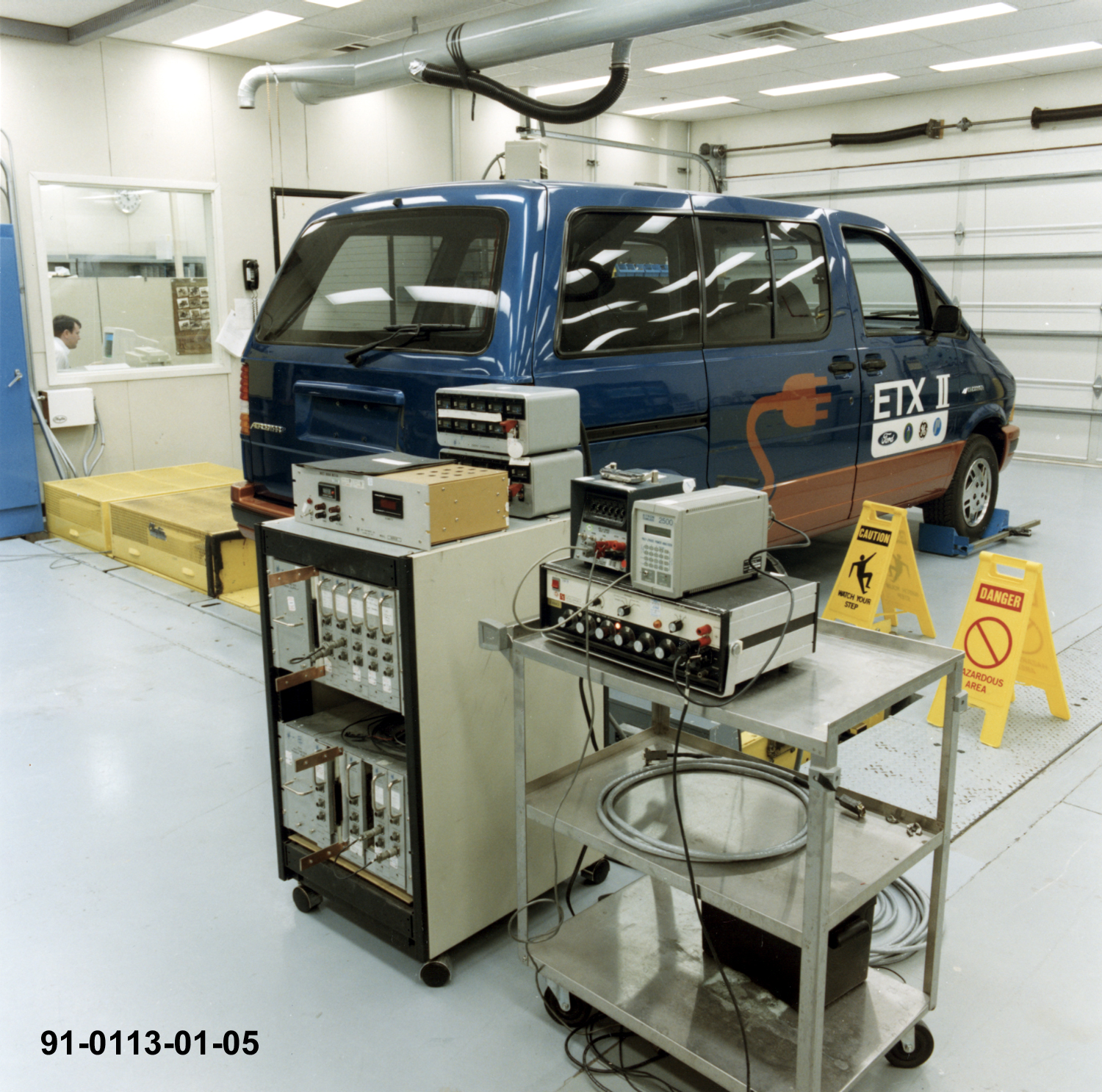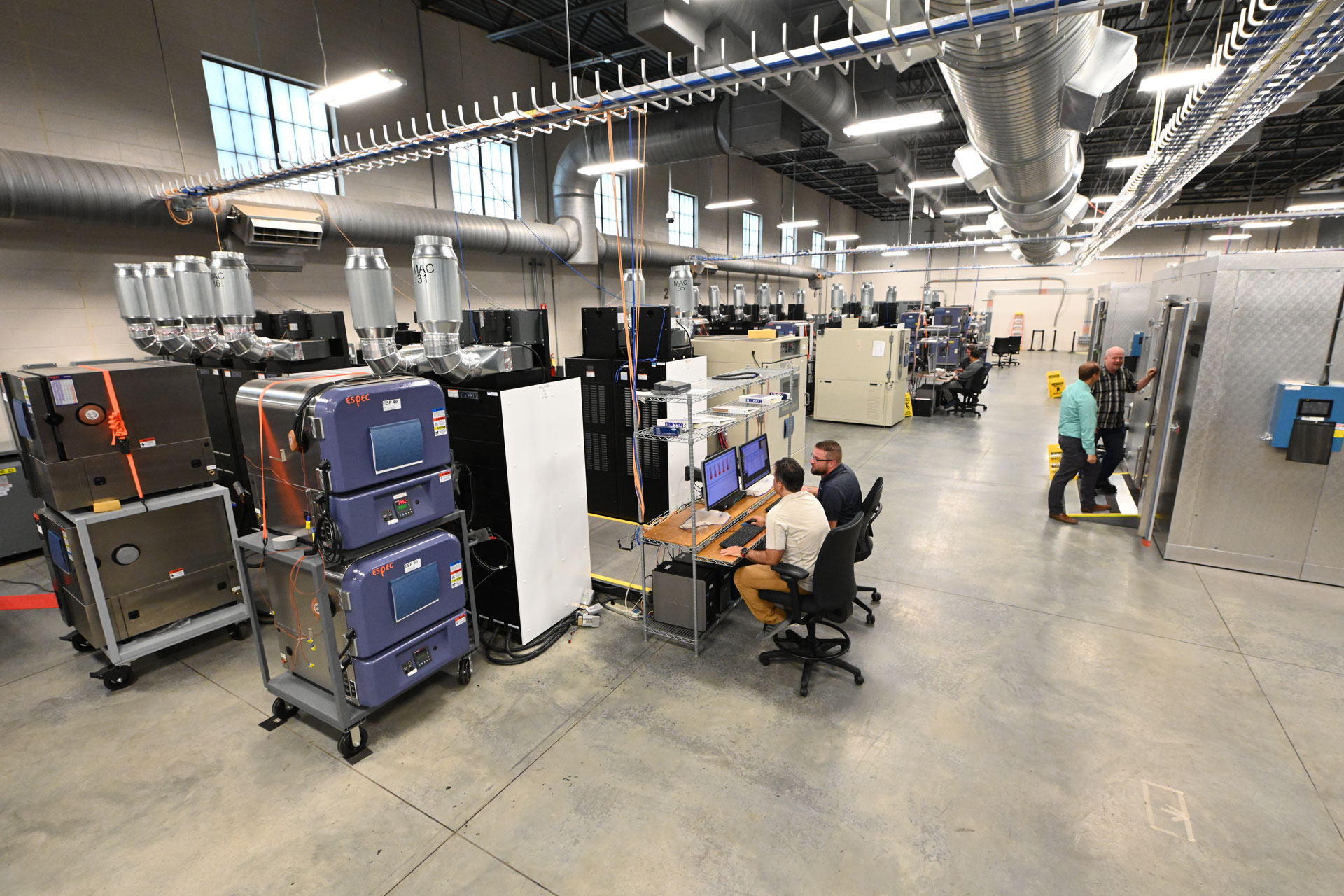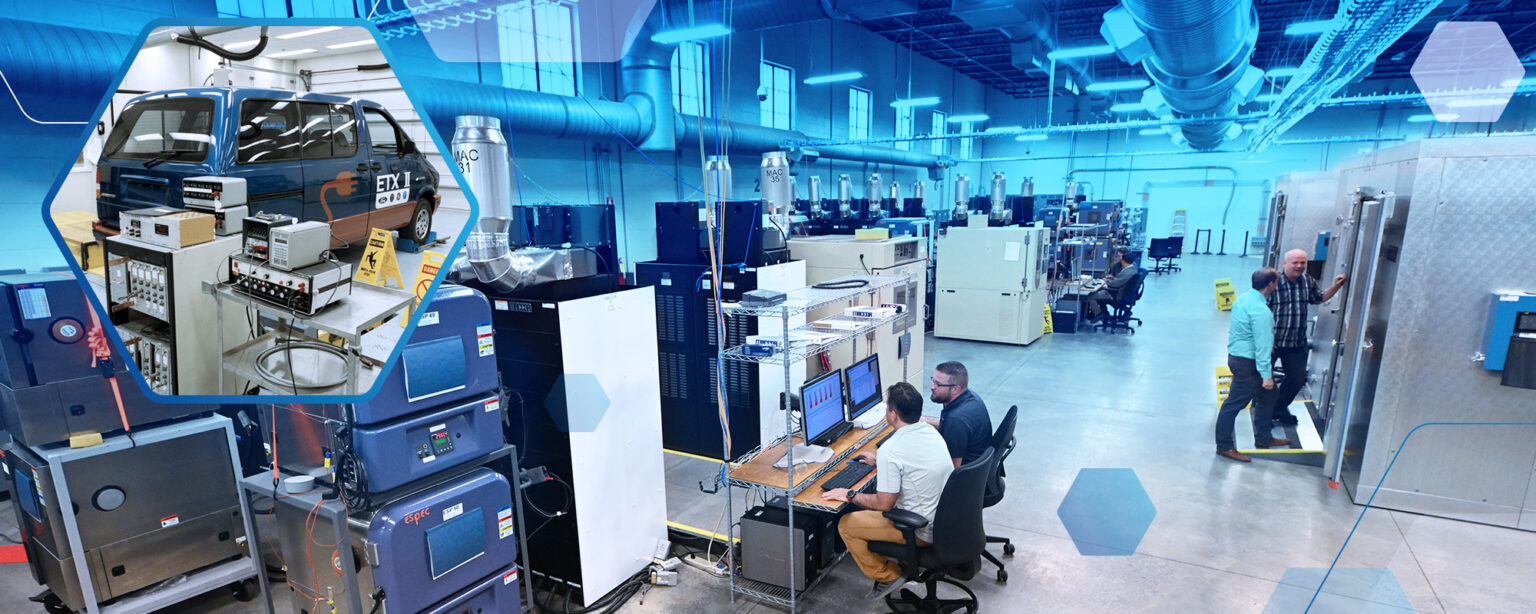Known as the nation’s nuclear laboratory, Idaho National Laboratory is not as widely recognized for its leadership in battery research. Yet, INL experts have conducted energy storage systems research for four decades of the lab’s 75-year history, almost as long as the nation has invested in electric vehicle technologies.
In 1976, Congress passed the Electric and Hybrid Vehicle Research, Development, and Demonstration Act to “encourage and support accelerated research into, and development of, electric and hybrid vehicle technologies.” Seven years later, the Energy Storage Testing Laboratory was established at INL for testing full-size electric vehicle batteries.
Batteries at the beginning
Tim Murphy, a retired battery research department manager at INL, joined the team at its beginning from the Navy where he had served as a research chemist. He was hired to promote electric vehicle battery testing at INL.
Most people would never guess how much nuclear energy and vehicle battery research have in common, Murphy said.
“A lot of people associate INL only with nuclear energy research,” he said. “What many people don’t realize is that, because nuclear engineering requires such strong discipline, they have some of the best procedures in place for risk and data quality analysis.”
At the time, battery chemistry research was a very competitive field, so Murphy figured that venturing into the lesser-known world of battery testing was a more promising option. He leveraged INL’s expertise in high quality data analysis as a steppingstone for a successful battery testing program that works to make transportation safe, secure and sustainable.

The strategy worked: The team nearly doubled its funding over the next several years.
As the program grew, INL battery researchers started winning jurisdiction over battery testing procedures and analysis. Today, most recognized battery testing procedures originated from INL. “We figured out what we did better than anybody else, and we leapfrogged the competition, which eventually allowed us to build a state-of-the-art lab,” said Murphy.
The Battery Lab within INL’s Energy Systems Laboratory was built in 2012 and tripled the footprint of INL’s battery testing capabilities to 15,000 square feet.
Randy Bewley, the Battery Lab’s space coordinator, said the facility has changed significantly during his 14 years supporting battery testing research at INL. “When I started in the Battery Lab, we had about 105-125 channels of battery testing,” he said. “Now we have 1,020 channels.”
A test channel tests the battery charge and discharge over various real-world scenarios to evaluate battery degradation.
Charging into the next decade
The battery testing program at INL continues to flourish, winning several prestigious R&D 100 awards. In 2016, INL constructed the Nondestructive Battery Evaluation Laboratory, which expanded battery testing at the lab to 20,000 square feet over four facilities.
Today, INL is the U.S. Department of Energy’s primary center for battery technology testing. The lab’s large facilities can test several hundred batteries at the same time, ranging from small cells to full-sized battery packs used in today’s light-duty vehicles. The testers can be programmed to perform any test profile while simultaneously monitoring constraints, such as voltage and temperature limits.
Batteries are typically tested inside thermal chambers, including two walk-in chambers for full-sized vehicle battery testing, to ensure consistent and repeatable temperature conditions. The thermal chambers are capable of a wide range of temperatures, from -65 to 190 degrees Celsius.

As the world races to embrace electric vehicle technology, INL is on the forefront of understanding how batteries operate and how to make vehicle charging a more viable proposition. Researchers in INL’s Electric Vehicle Infrastructure Laboratory are part of the ChargeX Consortium, a collaboration between national labs and electric vehicle supply equipment manufacturers, that seeks to measure and significantly improve public charging reliability and usability by June 2025. Electric Vehicle Infrastructure Laboratory researchers also investigate and work to mitigate the cybersecurity concerns surrounding vehicle charging.
Additionally, the battery testing footprint will soon expand into a new battery lab, which will provide an extra thousand square feet. The expansion into the new lab will focus on evaluating R&D batteries to accelerate adoption of new batteries The work in this lab will also advance the adoption of batteries made using domestic supply chains.
Eric Dufek, Energy Storage and Electric Transportation manager at INL, credits the battery testing program’s success to the diversity of individuals involved. This mixture of expertise allows the team to perform many functions, from battery test system maintenance to devising new or improved versions of batteries.
“We started this research in 1984, and we haven’t stopped since,” Dufek said. “Interest in batteries has always been high. We started with just a few sponsors, and our portfolio has really expanded in the last four decades. We’re excited to be part of making widespread electric vehicle adoption a viable possibility for the future.”





